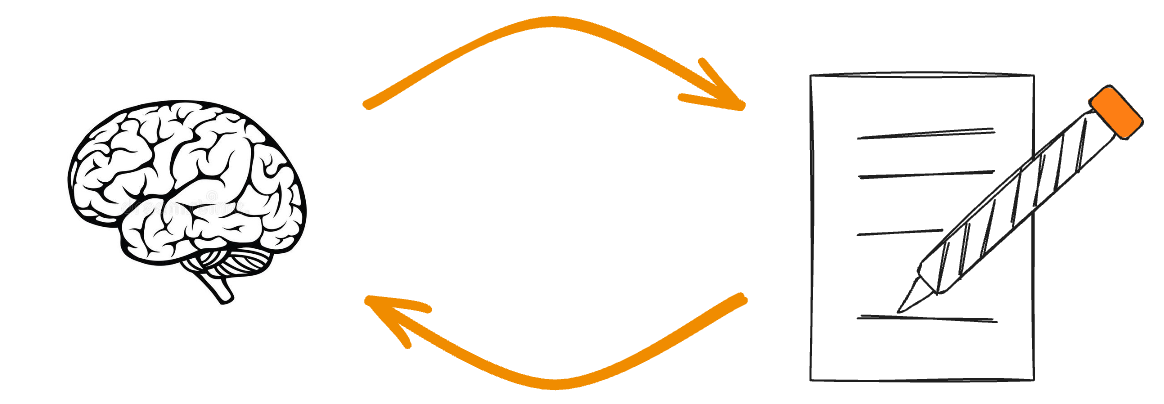Learn to Write to Learn

Rapid learning is essential in many fields, and one of the most effective methods to accelerate your learning process is through writing.
Many thinkers and doers, such as Tim Ferris, Jordan Peterson, William Zinsser, Scott Young) and Thomas Frank have emphasized the importance of writing as a tool for learning. These individuals are celebrated for their ability to distill and communicate complex ideas clearly, a skill honed through consistent writing.
What makes writing to learn so powerful?
- It exposes gaps in your reasoning. Writing forces you to lay out your thoughts in a structured manner, revealing any inconsistencies or gaps. For instance, when you try to explain a concept in writing, you may realize that you don’t fully understand certain aspects, prompting you to investigate further.
- It invites feedback. Writing makes your thoughts accessible to others, enabling you to receive constructive feedback. By sharing your written work, you invite others to critique and improve your ideas, which can lead to deeper understanding and refinement of your thoughts.
- It provides a track record. Maintaining a written record of your thoughts and ideas allows you to track your intellectual progress over time. You may find that your understanding evolves significantly, and looking back at your earlier writings can highlight how much you’ve grown. This reflection can be both humbling and motivating.
Embrace the practice of writing as a powerful tool for learning. By articulating your thoughts and ideas through writing, you not only enhance your understanding but also pave the way for continuous intellectual growth.
In other words, learn to write so that you can write to learn.